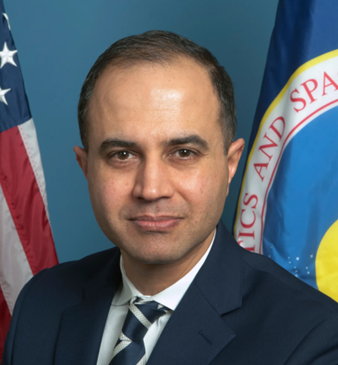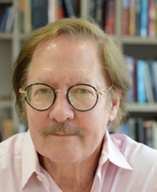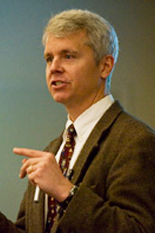The Center for Advanced Life Cycle Engineering (CALCE) at the University of Maryland at College Park has been granted a patent on "Systems, Methods, and Devices for Health Monitoring of an Energy Storage Device". This patent is credited to the inventors Dr. Bhanu Sood, Prof. Michael G. Pecht, and Dr. Michael D. Osterman.
The patent describes a system for assessment of a battery cell that can include a testing platform, a conveying system, one or more ultrasound sources, one or more ultrasound sensors, and a control unit. The conveying system can move the battery cell to the testing platform for assessment and from the testing platform after the assessment. The control unit can control one or more ultrasound sources and ultrasound sensors to perform the assessment. The assessment can include determining the state of the battery cell based on signals generated by the ultrasound sensors. The control unit can control the conveying system to direct the battery cell from the testing platform responsive to the assessment.
Systems, methods, and devices for monitoring the state of health of an energy storage device, such as a lithium-ion battery cell, are described in the patent. In general, an ultrasonic acoustic source and sensor can be close to the surface of a battery cell, which may be part of a larger battery pack. The ultrasonic source and sensor can be used to nondestructively assess the internal condition of vital interfaces inside the battery cell. These interfaces can include the interface between the anode active material, the cathode material, and the respective current collector (e.g., a metallic current collector). In addition, the ultrasonic source and sensor can be used to monitor battery swelling, electrode expansion, and/or electrode ruffling, among other things. The resulting information can be used to determine the state of health of the battery cell and/or the battery pack. The information about the extent of degradation can be used to predict the reliability and/or the remaining useful life of the battery cell and/or battery pack.
You can find further details about the patent online here, and if you have any questions, please contact Dr. Osterman.

Inventors:
 Dr. Bhanu Sood is the Deputy Center Chief Technologist at NASA Goddard Space Flight Center (GSFC). He manages GSFC’s Internal Research and Development program, which strategically invests in advanced technologies for NASA’s future science and exploration missions. In this role, Dr. Sood helps develop and infuse innovative aerospace technologies, instruments leveraging quantum sciences, artificial intelligence, autonomy, space optical communication, edge computing, and other investments in space systems that are crucial for NASA’s science and exploration goals.
Dr. Bhanu Sood is the Deputy Center Chief Technologist at NASA Goddard Space Flight Center (GSFC). He manages GSFC’s Internal Research and Development program, which strategically invests in advanced technologies for NASA’s future science and exploration missions. In this role, Dr. Sood helps develop and infuse innovative aerospace technologies, instruments leveraging quantum sciences, artificial intelligence, autonomy, space optical communication, edge computing, and other investments in space systems that are crucial for NASA’s science and exploration goals.
 Professor Michael Pecht is the founder and director of CALCE (Center for Advanced Life Cycle Engineering) at the University of Maryland, which is funded by over 150 of the world’s leading electronics companies at more than US$6M/year. He is a Professional Engineer, an IEEE Fellow, an ASME Fellow, an SAE Fellow, and an IMAPS Fellow. He is currently serving as editor-in-chief of Circuit World. He served as editor-in-chief of IEEE Access for 6 years, as editor-in-chief of IEEE Transactions on Reliability for 9 years, and as editor-in-chief of Microelectronics Reliability for 16 years.
Professor Michael Pecht is the founder and director of CALCE (Center for Advanced Life Cycle Engineering) at the University of Maryland, which is funded by over 150 of the world’s leading electronics companies at more than US$6M/year. He is a Professional Engineer, an IEEE Fellow, an ASME Fellow, an SAE Fellow, and an IMAPS Fellow. He is currently serving as editor-in-chief of Circuit World. He served as editor-in-chief of IEEE Access for 6 years, as editor-in-chief of IEEE Transactions on Reliability for 9 years, and as editor-in-chief of Microelectronics Reliability for 16 years.

Dr. Michael Osterman (Ph.D., University of Maryland, 1991) is a Senior Research Scientist and the director of the CALCE Electronic Products and System Consortium at the University of Maryland. He heads the development of simulation assisted reliability assessment software for CALCE and simulation approaches for estimating time to failure of electronic hardware under test and field conditions. Dr. Osterman served as a subject matter expert on phase I and II of the Lead-free Manhattan Project sponsored by Office of Naval Research in conjunction with the Joint Defense Manufacturing Technical Panel (JDMTP).
Top